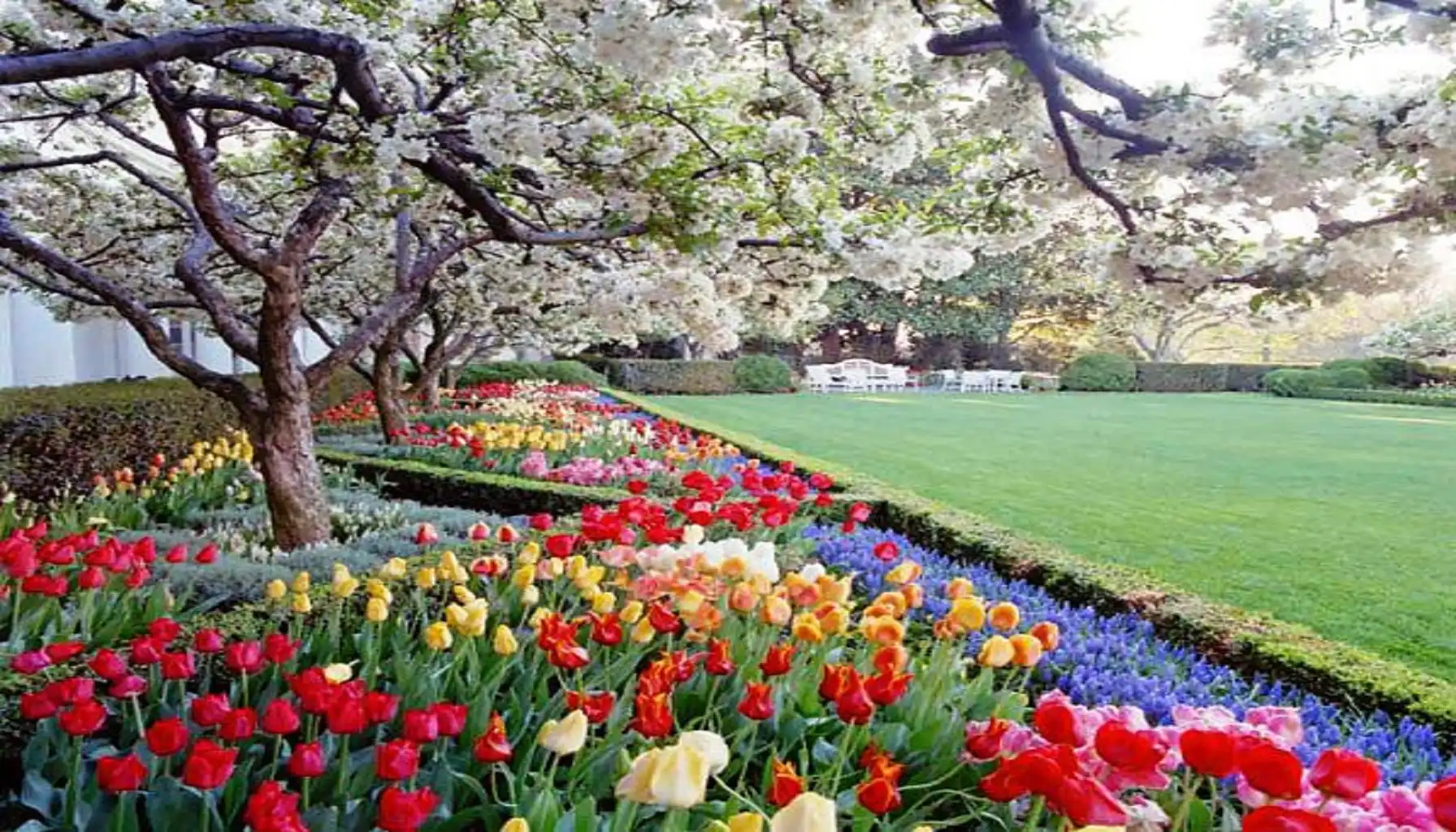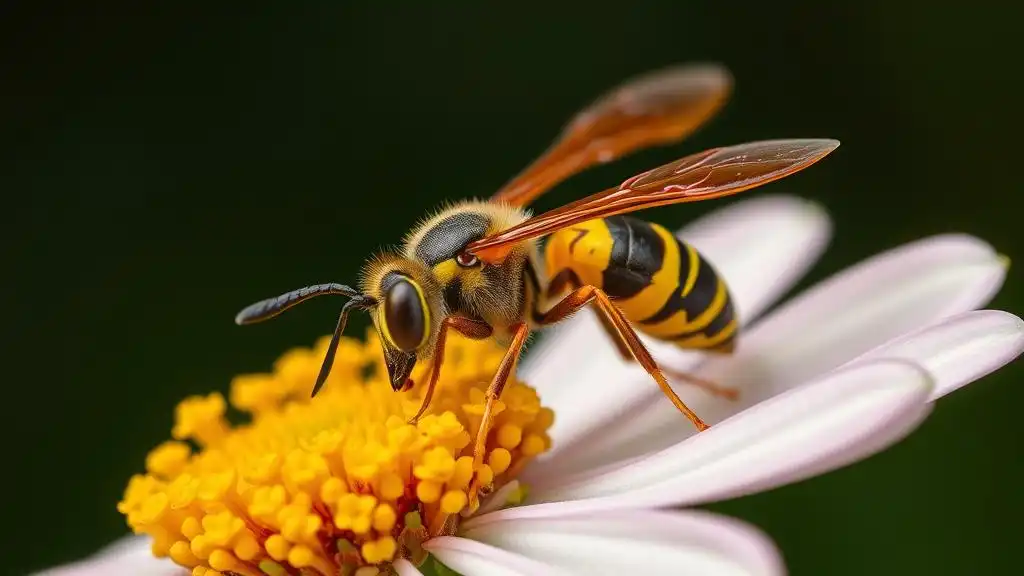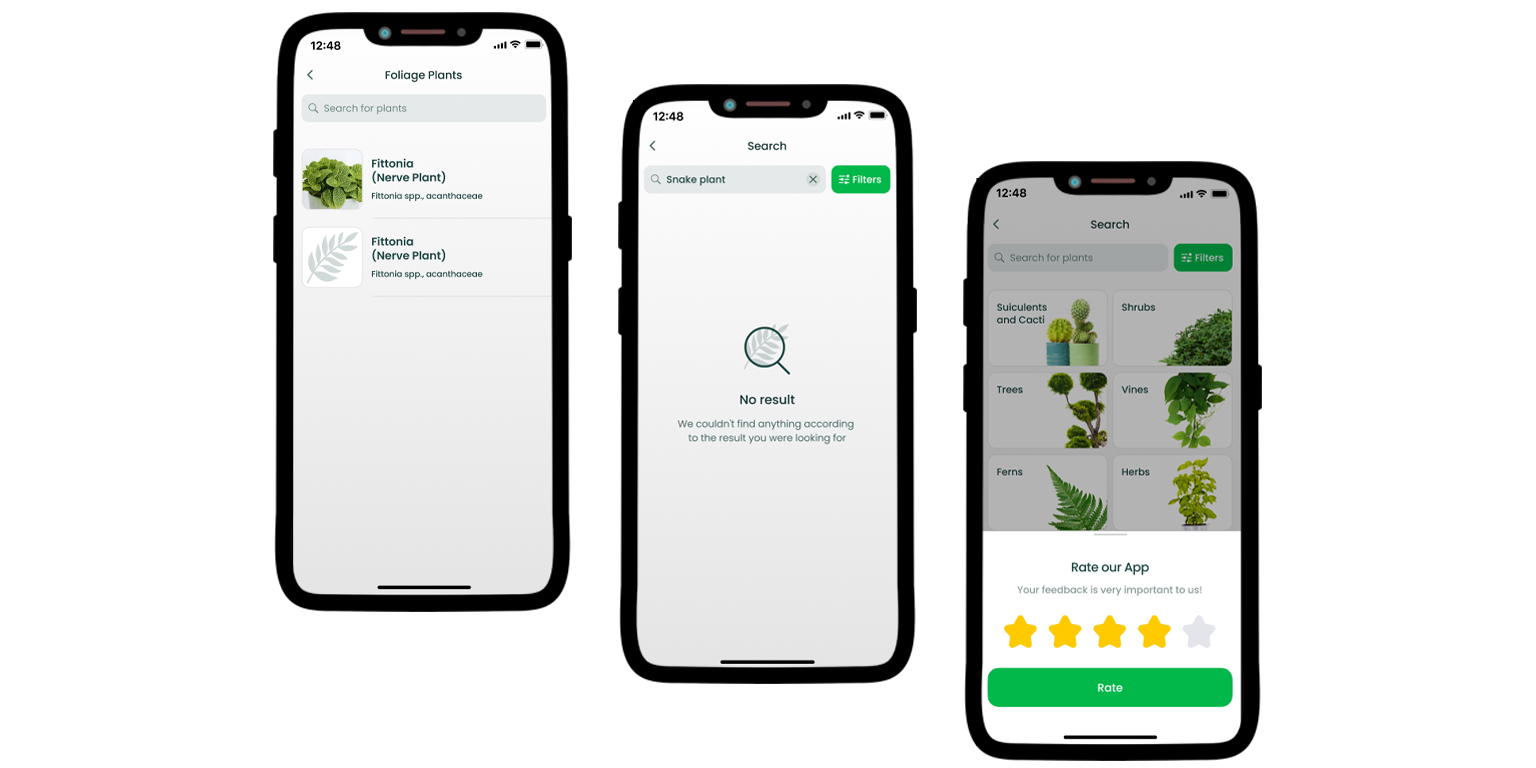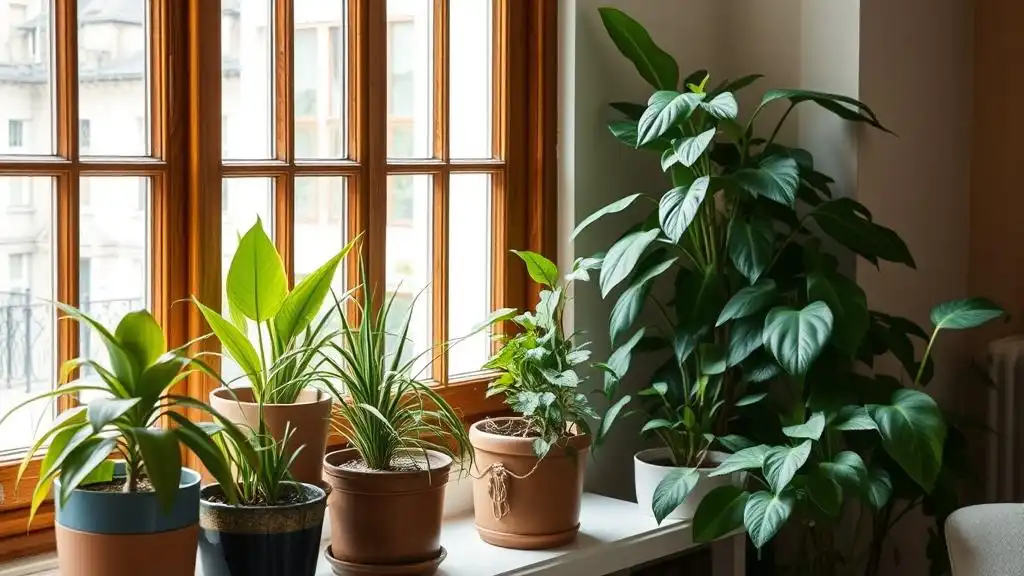Gardening is not solely about cultivating plants but taking care of the whole ecosystem that incorporates floral creations and fauna as well. Common insects like wasps create a situation of uncertainty. While some gardeners believe that these are the true pests that can harm plants, humans, and animals alike, others tend to see wasps as beneficial supporters and effective contributors.
So, do wasps eat aphids or moths? Can they control pest populations or do they comprise a pest population themselves? Everything you need to know about wasp’s role in agriculture is here, in our comprehensive guide.
The Life of Wasps: Anatomy and Diversity
The visual representation of a wasp is widely known, for most people are familiar with its distinctive appearance and behavior, too. Wasps encompass an extensive group of insects with 150,000 species identified, each bearing its own set of anatomical and behavioral traits. Nevertheless, the anatomy of wasps is rather universal, though there might be various adaptations for different ecological roles and lifestyles.
As a rule, the wasp’s body, equipped with an exoskeleton, comprises three main parts, i.e., the head, thorax, and abdomen. The head is the central hub for sensory organs, such as compound eyes, navigational antennae, strong mandibles, and the like. The thorax is responsible for locomotion as it includes three pairs of legs and two pairs of wings. As for digestive and reproductive organs, these are located in the abdomen, the largest segment of a wasp.
Wasp Typology
In broad terms, these insects can fall into two main categories, solitary wasps and social ones. The largest part of the family includes the solitary species that cause no harm to the surroundings. What makes these insects unique is the way they arrange their living, i.e., each female independently builds her nest and raises her offspring. Social wasps, though, are different.
Speaking of social wasps, one should understand their advanced type of organization, i.e., the insects live in colonies with a division of labor where a single fertile female dominates. Amazing yet terrifying, these colonies demonstrate sophisticated behavior, coordinated defense strategies, and resource hunting. When close to human buildings, social wasps pose a threat and eventually seem like pests that destroy the environment and harm other living beings.
As such, wasps do not really get favored thanks to their stings and formidable nature, but their ecological value should not be underestimated anyway. First of all, irrespective of the cultivated gardens, wasps, along with bees and ants, play a significant role in maintaining a healthy and well-balanced environment. When one element is removed from the system, the whole institution suffers, this is why wasps matter.
Sometimes, wasps may become unintentional pollinators. When they visit flowers to feed on nectar, the hairs on the body may grasp and transport pollen from one bloom to another. What is more, social wasps usually feed on organic waste, which facilitates decomposition and promotes soil fertility in the end. But do wasps eat moths?
Pest Controllers vs. Pests Themselves
These days, scientists argue if wasps should be considered beneficial pest controllers or pests in turn. Surprisingly, these insects play a dual role and can be found on both sides of the matter. Many wasps do kill flies and other smaller insects for foraging purposes. Additionally, parasitic wasp species can lay eggs in or on pests with larvae killing the host only. Hence, many gardeners take the best out of this feature and introduce wasps to their garden environments.
On the other hand, social wasps are usually seen as pests due to their aggressive behavior and large populations. In search of food, they may reach humans and their gardens collectively and cause nuisances, such as stings and further allergic reactions. However, when the type of a wasp is identified, it gets easier to take control of the garden and prepare your possible actions in advance.
Garden Enemies of Wasps
As soon as one wants to employ environmental mechanisms to reduce the wasp population, it might be beneficial to introduce or at least attract their natural enemies. Dragonflies and praying mantises, for example, may ambush wasps and eventually kill them without negative influence on the surrounding areas and plants in particular. Parasitic wasps, though, can also regulate populations of the malevolent species and restore a peaceful atmosphere within the local ecosystem at last.
Learn More About Natural Support
When plants need additional support, most gardeners find the most suitable and efficient solutions that can help them on the spot. This, however, is not the best tactic, for one should always be prepared beforehand and various strategies in case of unexpected challenges. For the sake of a peaceful and healthy environment, the industry launched numerous platforms for open collaboration and proper garden assistance, too.
Though you are free to choose apps to your liking, we recommend that you pay attention to AI Plant Finder, an innovative platform for planning, prompt support, plant tracking, and post-harvesting procedures as well. The app offers all you need to keep your garden thriving all the time, i.e., plant and disease ID tools to detect species and their illnesses, water and illuminance calculation, a rich encyclopedia with 300,000+ species present, an AI Botanist that speaks the truth about gardening, and many more.
Striving to know more about natural support is commendable. Access plant cards and explore their specifics, including habitats, plant care needs, growth requirements, edibility potential, toxicity levels, and so on. Keep track of your plant in the “My Garden” section and refer to the plant’s descriptions when needed, on time.
Wasps may be annoying, and that is true, though their value and natural importance do not come down to the feelings we humans may share. These insects indeed are beneficial and dangerous at the same time, but understanding what they hide can help one promote healthy growth and establish peace in their gardens for the seasons ahead.
AI Plant Finder Related Posts:






